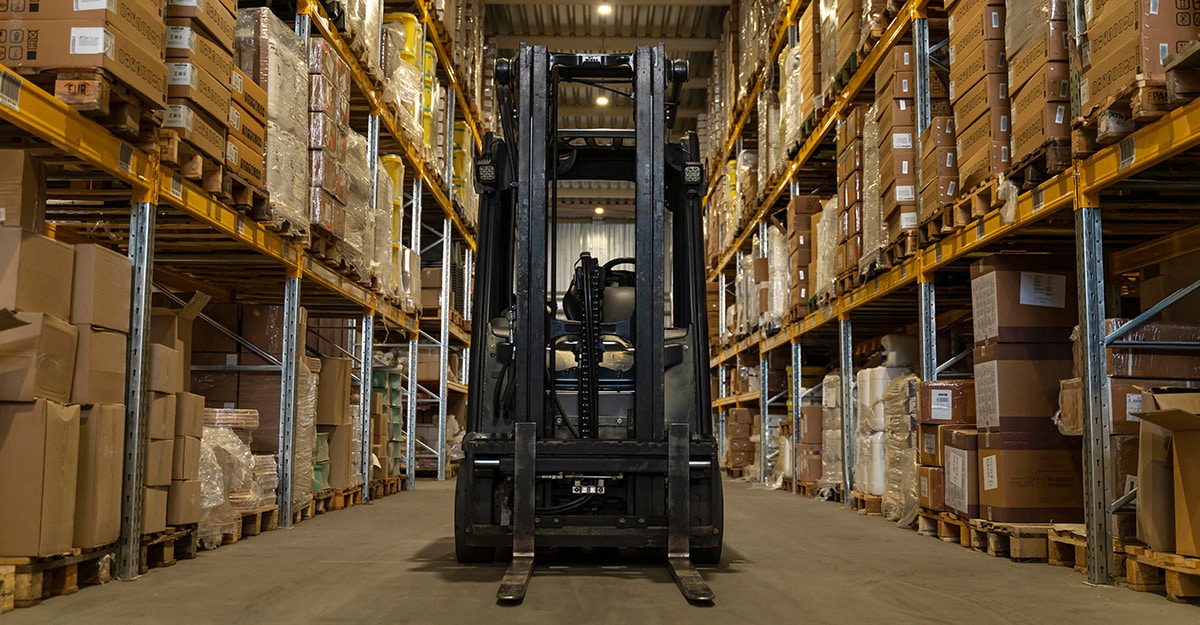Managing inventory is one of the biggest challenges for businesses, especially in eCommerce, retail, and manufacturing. While having enough stock is important to meet customer demand, having too much can lead to a major issue known as obsolete inventory.
Obsolete inventory refers to products that are no longer sellable because they are outdated, no longer in demand, or have lost market value. Holding on to such inventory can significantly impact a business’s profits and cash flow.
In this article, we will explain what obsolete inventory is, its causes, risks, and strategies to prevent it so that businesses can improve efficiency and profitability.
What Is Obsolete Inventory?
Obsolete inventory (also known as dead stock, excess inventory, or dead inventory) refers to products that a company can no longer sell due to lack of demand, outdated technology, or market changes. These items remain in storage for an extended period without being purchased.
How Does Inventory Become Obsolete?
Inventory becomes obsolete when it reaches the end of its product life cycle and loses its value in the market. Some common reasons include:
- Changes in consumer preferences (e.g., fashion trends shifting)
- New technology making older models irrelevant (e.g., smartphones, laptops)
- Products becoming seasonal or outdated (e.g., holiday decorations, fidget spinners)
- Poor inventory planning, leading to over-purchasing
- Inaccurate demand forecasting, causing excess stock
Industries Most Affected by Obsolete Inventory
While any business can struggle with obsolete inventory, some industries face it more often than others:
- Electronics: Rapid advancements make older devices outdated quickly.
- Fashion & Apparel: Changing trends lead to unsold seasonal collections.
- Automotive: Older car parts become obsolete as newer models are released.
- Furniture: Consumer preferences change, making older designs less desirable.
- Retail & eCommerce: Overstocking and changing demand patterns can create dead inventory.
Risks and Negative Impacts of Obsolete Inventory
Obsolete inventory can harm businesses in multiple ways. Here are some major risks:
Financial Losses
Inventory is purchased with the expectation of selling it for a profit. However, when stock becomes obsolete, it turns into a loss, reducing the company’s revenue.
High Storage Costs
Keeping unsellable stock increases warehousing expenses, including storage space, utilities, and labor. The longer it sits, the more money a company wastes on maintaining it.
Reduced Cash Flow
Excess inventory ties up money that could be used for other business needs, such as marketing, product development, or operational improvements.
Lower Profit Margins
Even if a company discounts obsolete products, they are often sold at a lower price than the original cost, affecting overall profit margins.
Negative Impact on Financial Statements
Obsolete inventory must be written down or written off in financial reports, reducing the company’s total assets and profitability. This can impact financial ratios and make the company look less attractive to investors.
Operational Inefficiencies
Holding too much-outdated stock takes up valuable warehouse space, making it difficult to store and organize products that are in demand.
How to Prevent Obsolete Inventory?
Preventing obsolete inventory requires proactive planning, better forecasting, and smart inventory management. Below are effective strategies to avoid excess stock and improve efficiency.
Improve Demand Forecasting
Accurate demand forecasting is the key to ordering the right amount of stock. Businesses should analyze:
- Historical sales data to identify seasonal trends
- Market trends and consumer behavior
- Economic conditions that may affect demand
- Competitor strategies to anticipate changes in the market
Using inventory management software can help track these insights and make data-driven purchasing decisions.
Adopt Just-in-Time (JIT) Inventory Management
The Just-in-Time (JIT) method helps businesses keep only the necessary stock by ordering inventory closer to when it’s needed. This reduces the risk of overstocking and obsolete inventory.
However, JIT requires a reliable supply chain to ensure that orders arrive on time.
Regular Inventory Audits
Conducting frequent inventory audits helps businesses identify slow-moving stock before it becomes obsolete. There are different types of audits:
- Physical Inventory Audits: Checking actual stock against records
- Cycle Counting: Counting small portions of inventory regularly
- ABC Analysis: Categorizing inventory into three groups (high, medium, and low priority)
Implement Inventory Tracking Technology
Using inventory tracking software provides real-time visibility into stock levels. This helps businesses:
- Identify which products are selling and which are not
- Set up automatic reordering alerts
- Track expiration dates (important for industries like food and pharmaceuticals)
Increase Inventory Transparency
Lack of visibility across different sales channels can lead to excess stock. Businesses should:
- Sync their online and offline inventory systems
- Use multi-channel inventory management tools
- Monitor stock levels in real time
Strengthen Supplier Relationships
A strong relationship with suppliers allows businesses to negotiate flexible order quantities, reducing the risk of over-purchasing.
- Work with suppliers who offer small batch orders
- Set up return or exchange agreements for unsold inventory
- Use drop shipping when possible to avoid stockpiling
Offer Promotions and Discounts
If certain products are at risk of becoming obsolete, businesses can:
- Run flash sales or seasonal discounts
- Bundle products with popular items
- Offer free shipping to move slow-moving inventory
Remarketing and Repurposing Products
Sometimes, products can be repositioned to attract a different audience. Businesses can:
- Adjust their marketing strategy (e.g., targeting a different age group or region)
- Sell on different platforms (e.g., online marketplaces like Amazon or eBay)
- Repurpose products (e.g., updating packaging or branding)
Donate or Liquidate Excess Stock
Instead of holding onto unsellable products, businesses can:
- Donate items for tax deductions
- Sell to liquidation companies or discount retailers
- Offer bulk discounts to wholesalers
Conclusion
Obsolete inventory is a costly problem, but it can be prevented with the right strategies. By improving demand forecasting, optimizing inventory management, and leveraging technology, businesses can reduce excess stock and improve profitability. Regular audits, inventory tracking, supplier coordination, and promotional strategies can help businesses stay ahead and avoid financial losses caused by dead stock.
FAQs About Obsolete Inventory
Can obsolete inventory be sold later?
Yes, sometimes. You can try selling it at a discount, bundling it with other products, or offering it on secondary markets like clearance sales or liquidation platforms.
How does obsolete inventory affect taxes?
Businesses can write off obsolete inventory as a loss on their tax returns, reducing taxable income. However, proper documentation is needed to justify the write-off.
Can obsolete inventory be repurposed?
Yes, depending on the product. Some items can be repackaged, rebranded, or used for different purposes. Manufacturers sometimes recycle obsolete materials into new products.
How often should businesses check for obsolete inventory?
Ideally, inventory audits should be done quarterly or at least annually to identify slow-moving stock early and take corrective action before it becomes unsellable.
What industries suffer the most from obsolete inventory?
Fast-changing industries like electronics, fashion, and technology face the biggest risks, as trends shift quickly, making products outdated in a short period.
Can software help manage obsolete inventory?
Yes, inventory management systems track sales, monitor stock levels, and provide alerts for slow-moving products, helping businesses reduce the risk of obsolescence.
What should businesses do with unsellable inventory?
Options include donating for tax benefits, recycling, or partnering with liquidation companies to recover some costs instead of letting stock go to waste.

I’m Tammy Waller, a supply chain and logistics specialist with over 10 years of expertise. I’ve been an author and SFL employee for over 10 years.
As an author, I’ve been able to teach others. I love guiding users through supply chain and logistics operations.
I have substantial experience managing logistics operations, supply chain management, transportation, inventory management, and warehousing in shipping-moving and logistic services. I’ve worked on many worldwide logistics and supply chain projects, honing my abilities in negotiating rates, scheduling shipments, and managing vendors.



